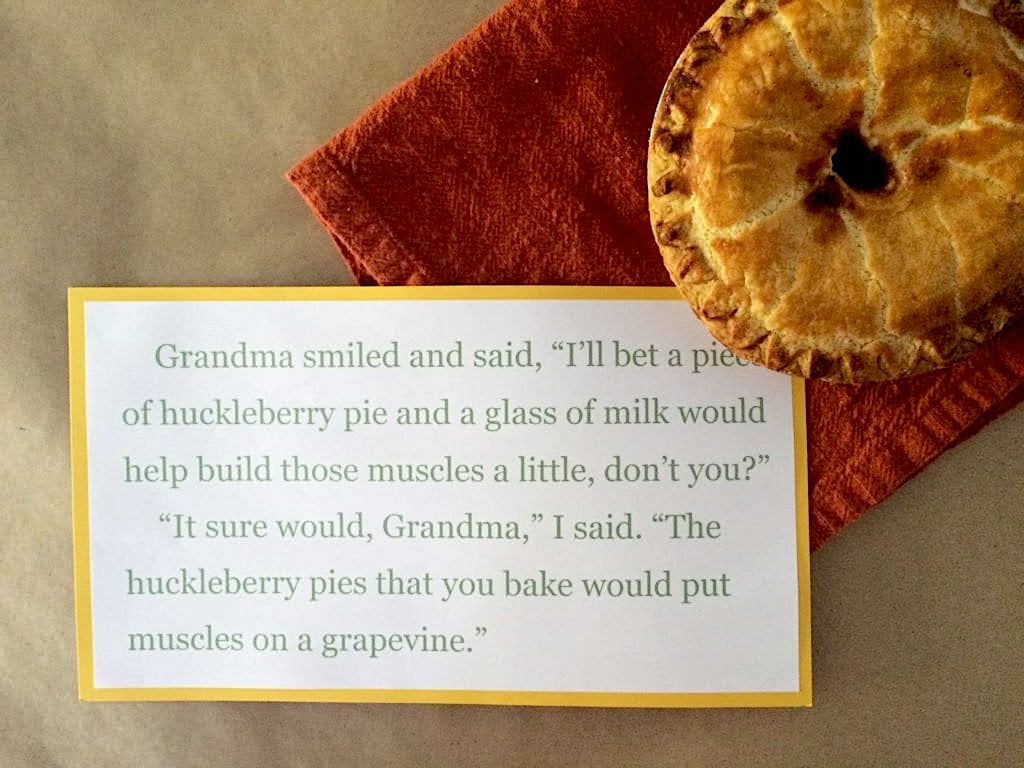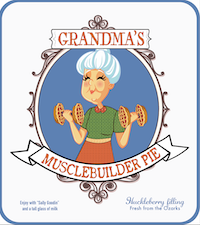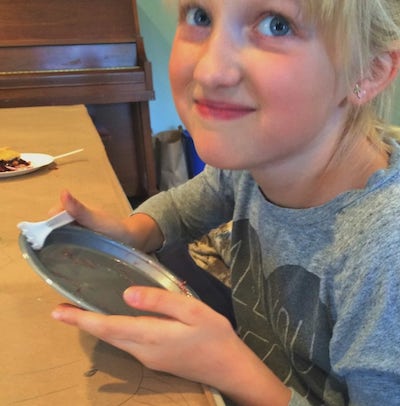A LitWits activity from the Rising Action
Jay Berry tries so many ways to trap those monkeys, it made us want to try our own hand at it. So we provided an assortment of boxes, baskets, bowls, colanders, string, sticks, branches with leaves, yarn, and netting, and set the kids loose in pairs to design their traps.
While they worked we played
old circus music in the background, which kept the mood festive. The kids had a fabulous time getting creative! Each trap had a unique design, and a wind-up monkey we found online helped us test them.
It didn’t matter if the traps were effective or not — after all, Jay Berry’s weren’t; it was caring, not trapping, that brought the monkeys to him. But the kids got to do something the main character did, experiment and work creatively in teams, and have a ton of fun “being Jay Berry.”





